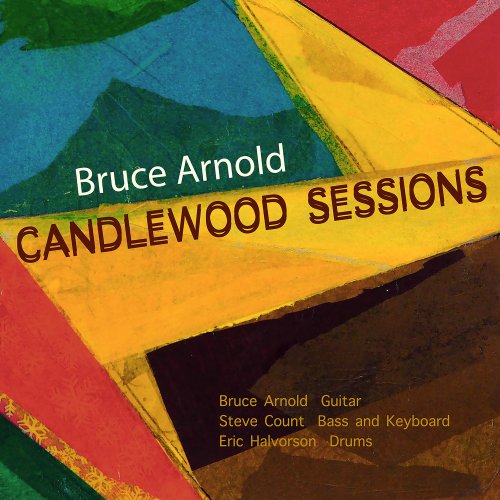Gauguin Ensemble - Color Soni (2024)
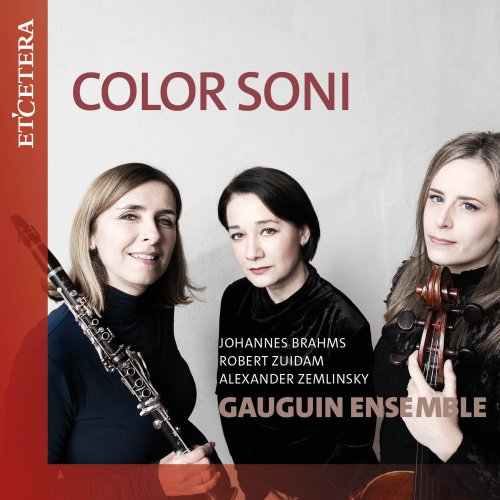
Artist: Gauguin Ensemble
Title: Color Soni
Year Of Release: 2024
Label: Etcetera
Genre: Classical
Quality: flac lossless (tracks)
Total Time: 01:08:33
Total Size: 291 mb
WebSite: Album Preview
TracklistTitle: Color Soni
Year Of Release: 2024
Label: Etcetera
Genre: Classical
Quality: flac lossless (tracks)
Total Time: 01:08:33
Total Size: 291 mb
WebSite: Album Preview
01. Trio for Clarinet, Cello and Piano in A Minor, Op. 114: I. Allegro
02. Trio for Clarinet, Cello and Piano in A Minor, Op. 114: II. Adagio
03. Trio for Clarinet, Cello and Piano in A Minor, Op. 114: III. Andantino grazioso
04. Trio for Clarinet, Cello and Piano in A Minor, Op. 114: IV. Allegro
05. 'Arearea' for Clarinet, Cello and Piano: 1st Movement
06. 'Arearea' for Clarinet, Cello and Piano: 2nd Movement
07. 'Arearea' for Clarinet, Cello and Piano: 3rd Movement
08. 'Arearea' for Clarinet, Cello and Piano: 4th Movement
09. Trio for Clarinet, Cello and Piano in D Minor, Op. 3: I. Allegro ma non troppo
10. Trio for Clarinet, Cello and Piano in D Minor, Op. 3: II. Andante
11. Trio for Clarinet, Cello and Piano in D Minor, Op. 3: III. Allegro
"In the music of Brahms, Zemlinsky and their contemporaries of the so-called fin-de-siecle we hear long lines, compelling melodies, passion, and passages of high emotion that strive towards a cathartic climax. The trios by Brahms and Zemlinsky and Paul Gauguin's painting Arearea all date from between 1890-1900, one of the most fascinating eras in European art, as it brought not only great scientific and industrial developments but also a tremendous growth of every kind of artistic style, and often as a reaction against the prevailing habits of the time. Boundaries were pushed even further in the late Romantic period, with a great need and desire for 'new music'.
Johannes Brahms is to late Romantic music what Eugene Delacroix was to Romantic painting, as both sought for maximum freedom within clearly set limits. Whilst Brahms remained within the framework of sonata form, the youthful Zemlinsky had already begun to demonstrate a more progressive style during the same period.
The French painter Paul Gauguin had already broken with traditional forms, subjects and colours by then, as can be seen in his Arearea (1893); this painting was also to inspire a new work by the contemporary composer Robert Zuidam. The title of this CD, Color Soni, the colour of sound, refers not only to the role of colour in music but also to Paul Gauguin in several ways."
- Gauguin Ensemble
"The lively and energetic performance of works by Beethoven and Brahms demonstrated the personal, beautiful and very distinctive sound that the Gauguin Ensemble has developed during many years and which propelled it to the summit of the Dutch chamber music scene." - Eric Bos (music critic)
Yfynke Hoogeveen (clarinet), Karlien Bartels (cello) and Nata Tsvereli (piano) together constitute the Gauguin Ensemble. Their personal expressiveness and musical symbiosis ensure a great demand at the Dutch concert platforms. Over the last decades the Gauguin Ensemble has contributed to breaking boundaries between art genres by inviting artists from different disciplines to co-operate in creating innovative concert programs. Therefore, it reaches out to a wide variety of listeners. The Gauguin Ensemble regularly performs on Dutch TV and radio, and it recorded several cd's.
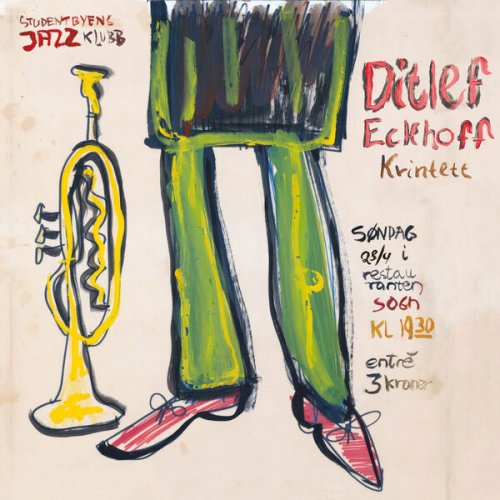
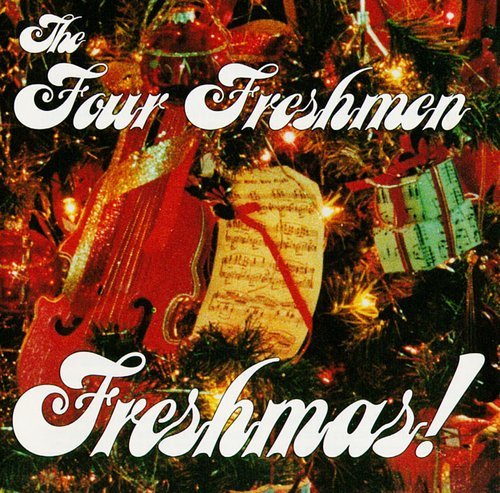
![Lionel Hampton - Many Splendored Vibes (Remastered) (2022) [Hi-Res] Lionel Hampton - Many Splendored Vibes (Remastered) (2022) [Hi-Res]](https://www.dibpic.com/uploads/posts/2025-12/1766397160_lhsv500.jpg)
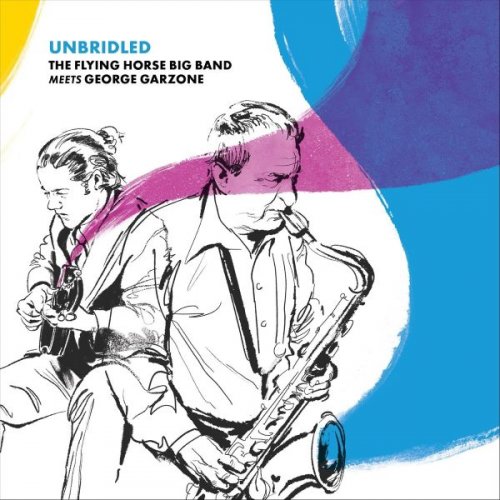
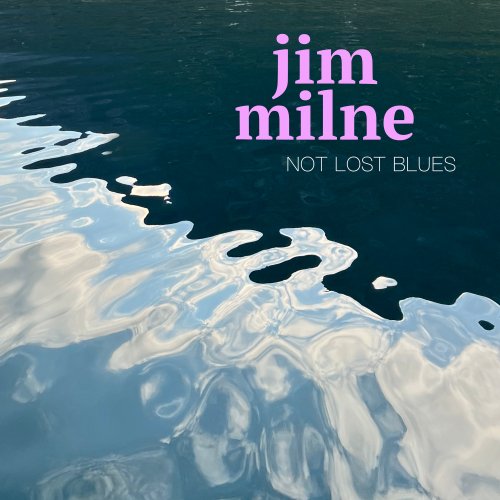

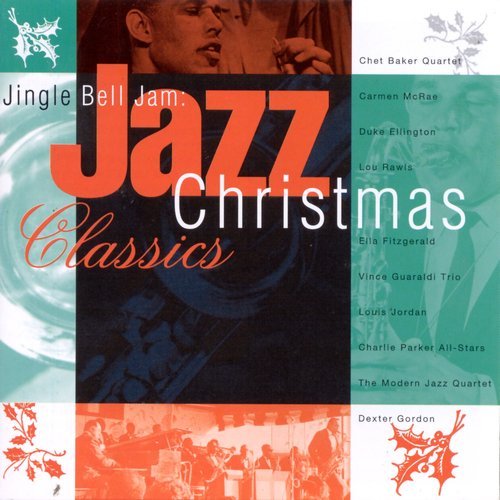
![Murmurosi - Svitanok (2025) [Hi-Res] Murmurosi - Svitanok (2025) [Hi-Res]](https://img.israbox.com/img/2025-12/25/1tsrji7qrpb85qha0oar89rw8.jpg)
